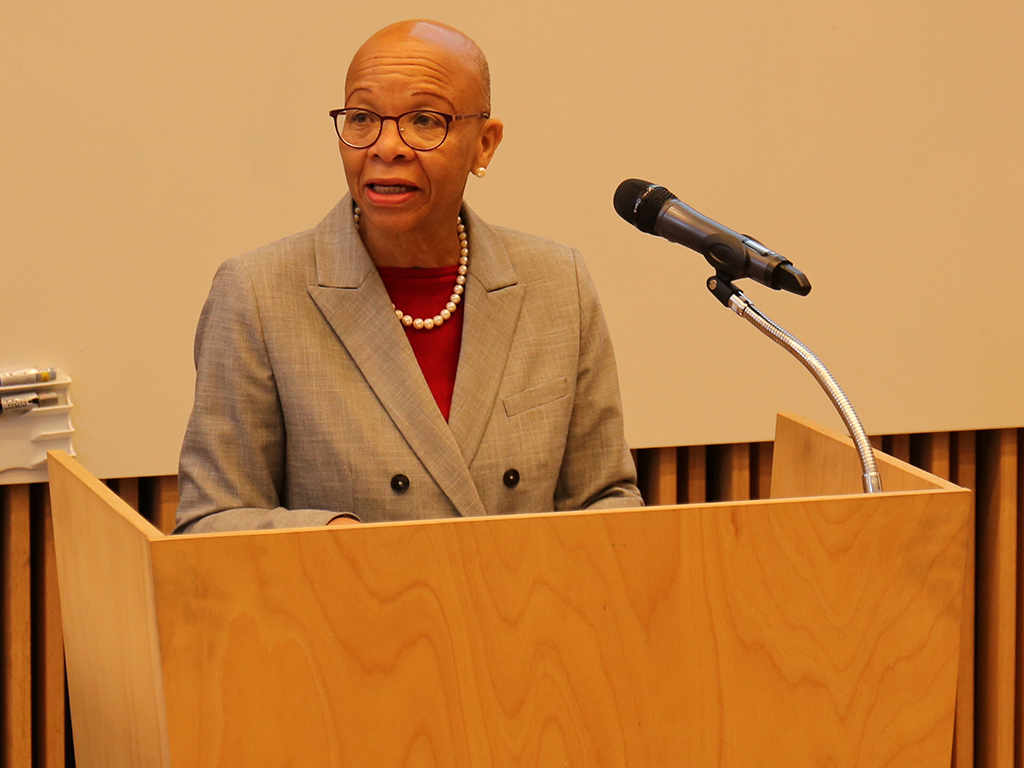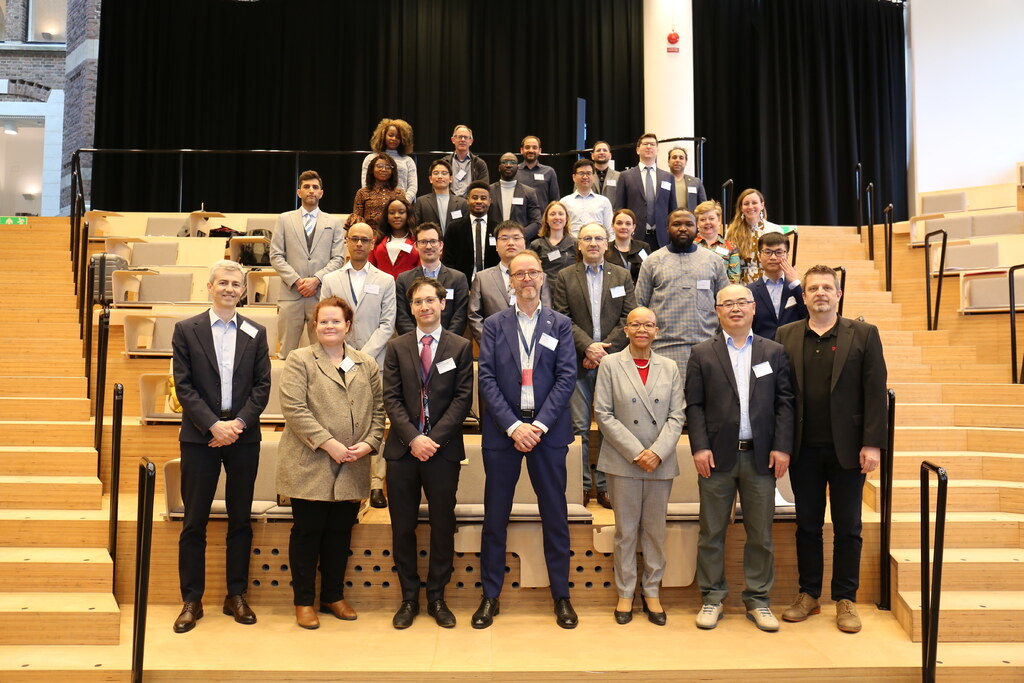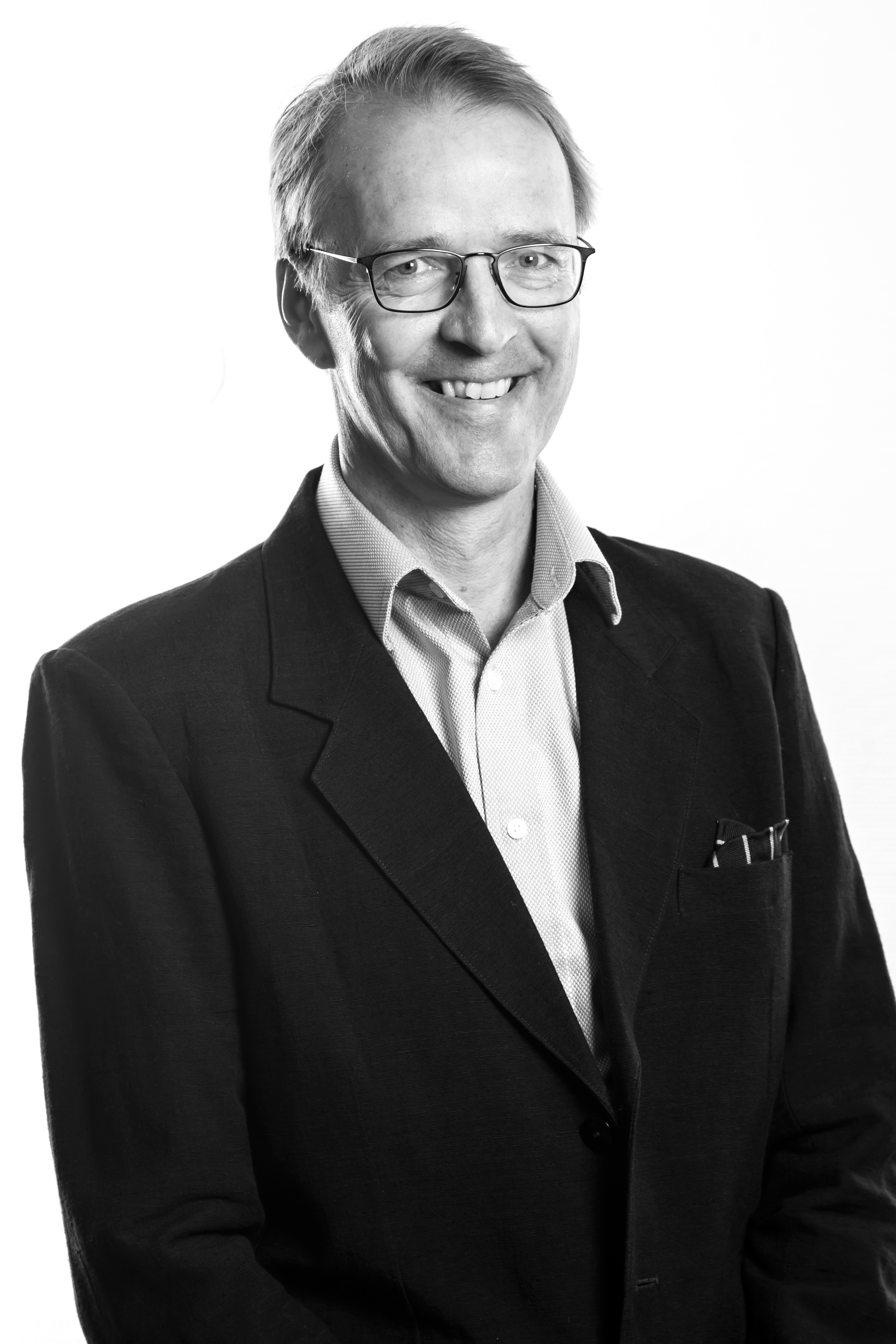
Constructive workshop on ammonia and hydrogen
What are the possibilities of ammonia and hydrogen as maritime fuels? This was discussed on 20–21 April at a two-day workshop at the World Maritime University in Malmö, as relevant…
What are the possibilities of ammonia and hydrogen as maritime fuels? This was discussed on 20–21 April at a two-day workshop at the World Maritime University in Malmö, as relevant actors shared their knowledge and inspiration on the topic. At the workshop, the Sustainable Development Goals 7 (Affordable and Clean Energy) and 13 (Climate Action) were in focus.
The workshop was opened by WMU President Dr. Cleopatra Doumbia-Henry and conducted by the three research consortia AEGIR, CAHEMA, and HOPE within the Nordic Maritime Transport and Energy Research Programme.

After the opening session, keynote speakers presented different aspects in relation to three theme sessions – Ammonia and hydrogen as fuels, Energy conversion of ammonia and hydrogen, and Environmental and economic considerations. The presentations are accessible below.

On the whole, the workshop was characterized by a positive outlook. For example, Sveinung Oftedal, Specialist Director at the Norwegian Ministry of Climate and Environment, remarked on an overall record high activity dealing with greener shipping and good progress being made during the pandemic for adopting regulations for GHG emissions. Nonetheless, we need to see a major fuel transition to reach a 50% GHG reduction target in 2050. In order to obtain green fuels, three things are needed first:
- Initiatives to develop fuel production, green NH3, and green and blue H2 testing and installment in ships.
- That various industry players work together in their corporate contexts. Everybody needs knowledge partners – from shipping to research across.
- Technical results and solutions from the active projects, to feed into and to incorporate into implementation, which would encourage cooperation in the Nordic region.
As for the progression of AEGIR, CAHEMA, and HOPE, AEGIR is focusing on solid oxide fuel cells (SOFC) and then proton-exchange membrane fuel cells (PEMFC). Fuel cell durability is still an issue as well as better control of ammonia decomposition. CAHEMA is more engaged with health, safety, handling, staff education, and basic knowledge about ammonia operation, while HOPE will deliver interesting scenario analyses and policy recommendations soon.
The Nordic Maritime Transport and Energy Research Programme.
Presentations
Opening session by WMU’s President
Norwegian Ministry of Climate and Environment
Nordic Maritime Transport and Energy Research Programme
Concepts of Ammonia/Hydrogen Engines for Marine Application – CFD modeling (CAHEMA)
Hydrogen as fuel on ropax vessels with high power demand-technology options (HOPE)
Ammonia electric marine power for GHG emission reduction (AEGIR)
System model for testing and validating maritime fuel cell application (HOPE WP 4)
Dynamics of the Ammonia Spray Using High-Speed Schlieren Imaging
Life cycle assessment of ammonia/hydrogen marine engines (CAHEMA)
HOPE – WP6: Policy and drivers/barriers for change in the Nordic maritime sector
Nordic Maritime Transport and Energy Research Programme – Wrap up

